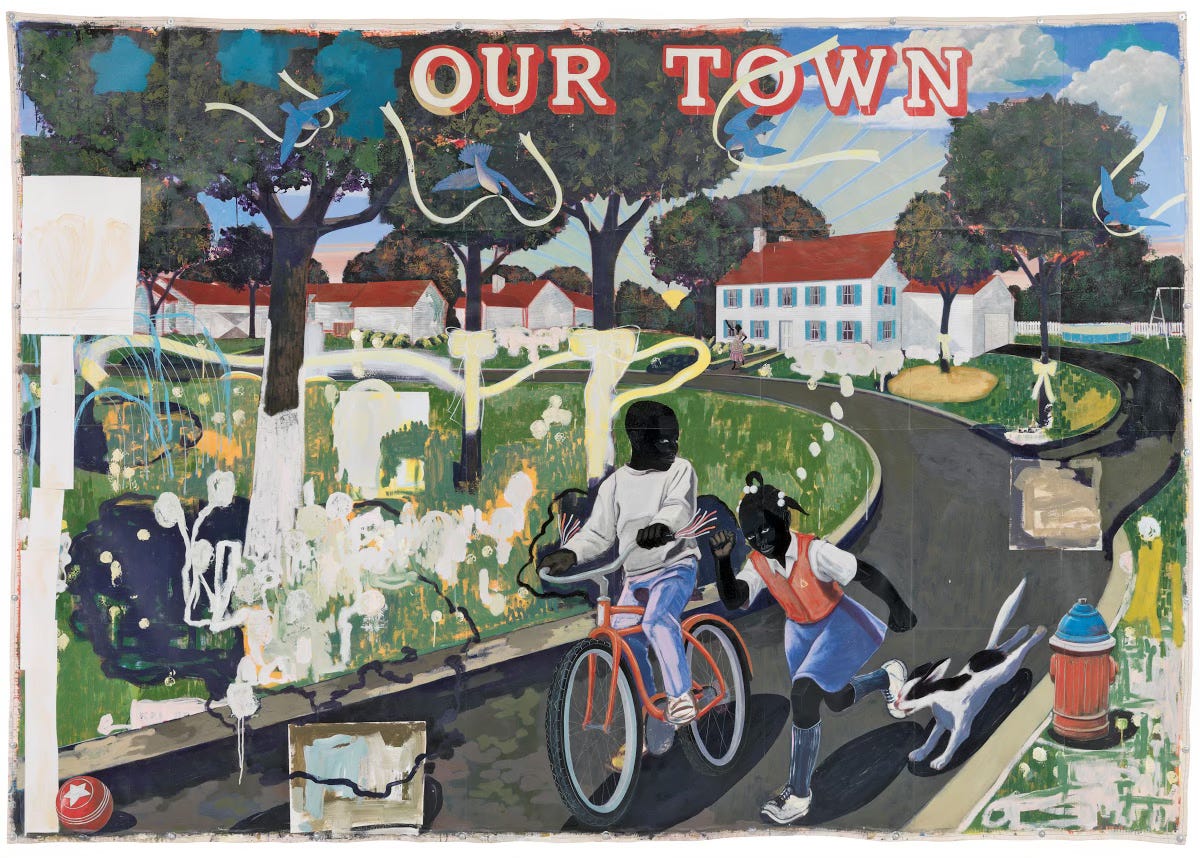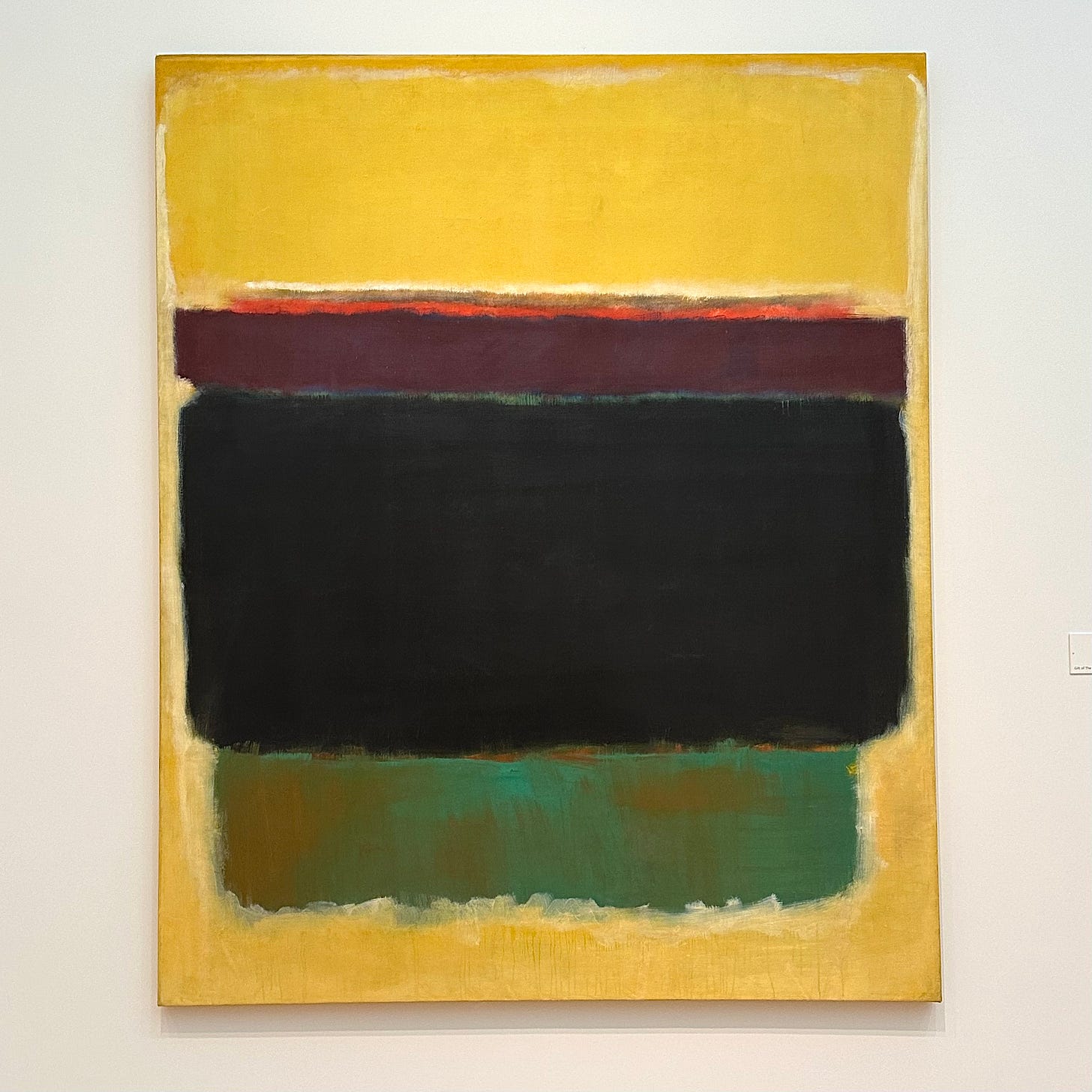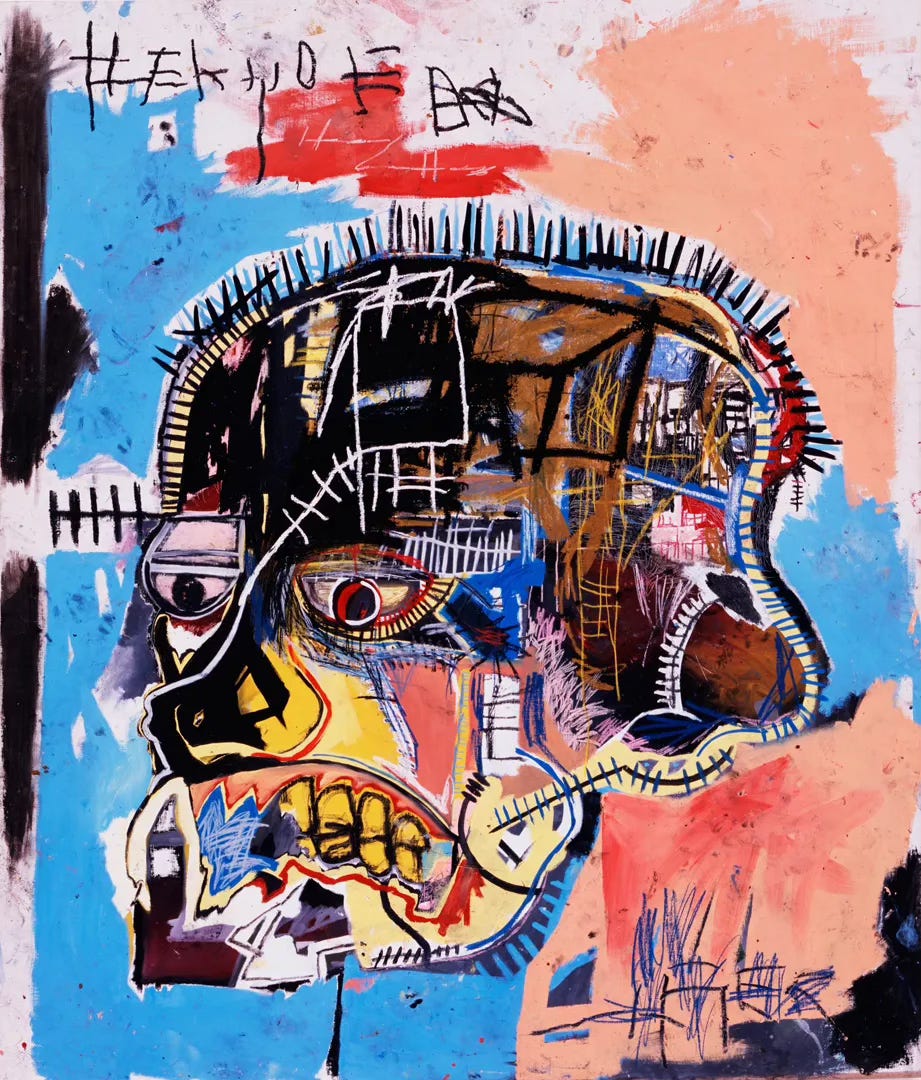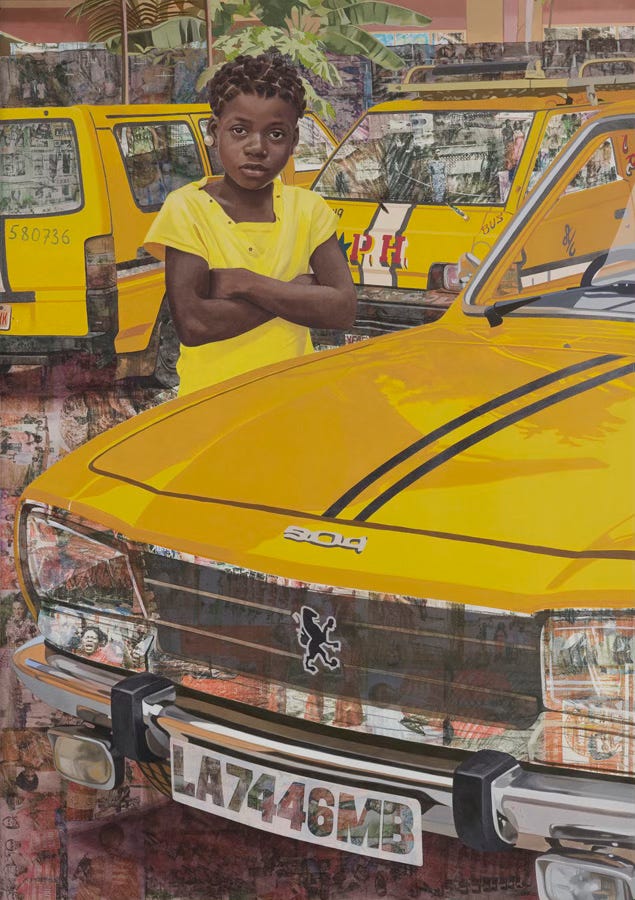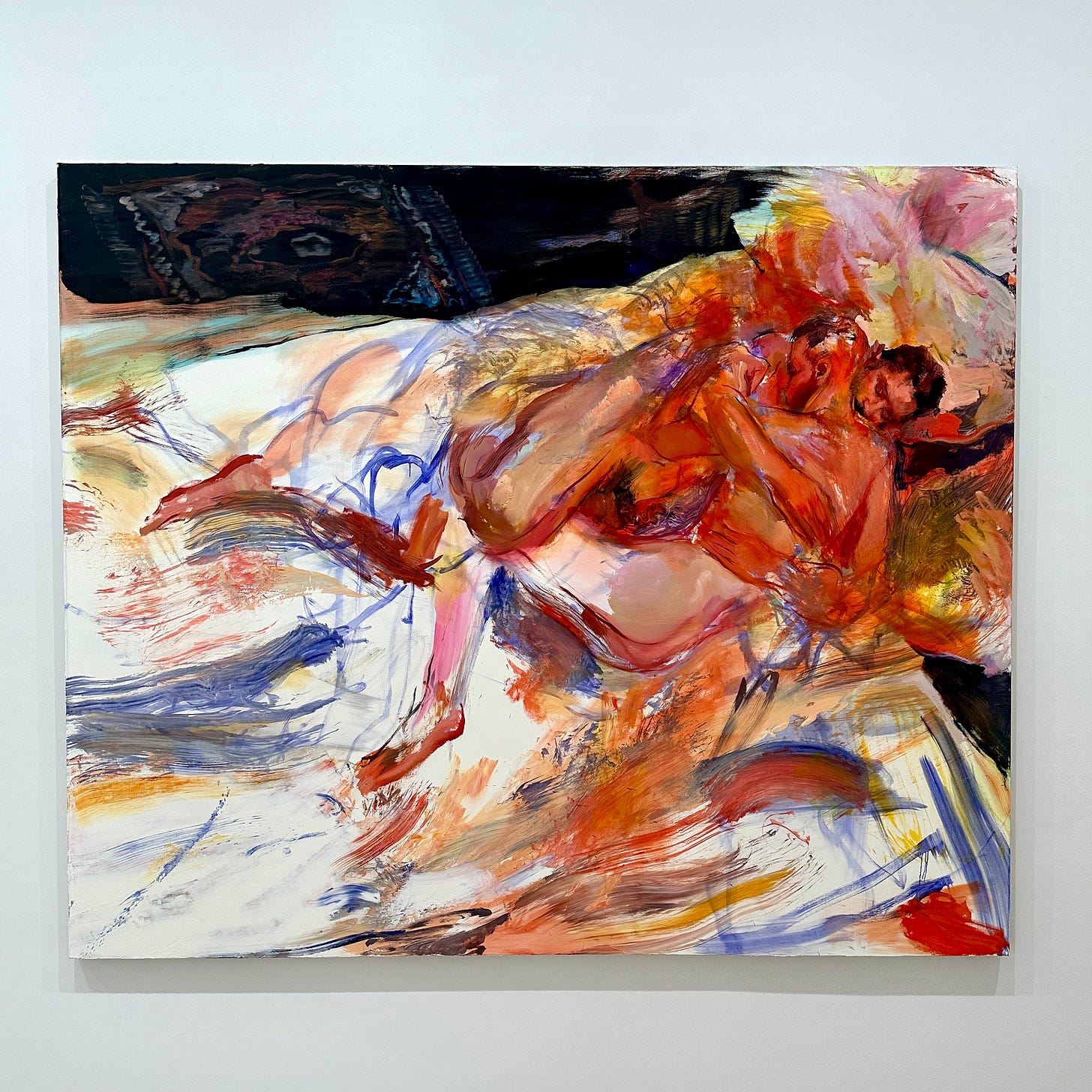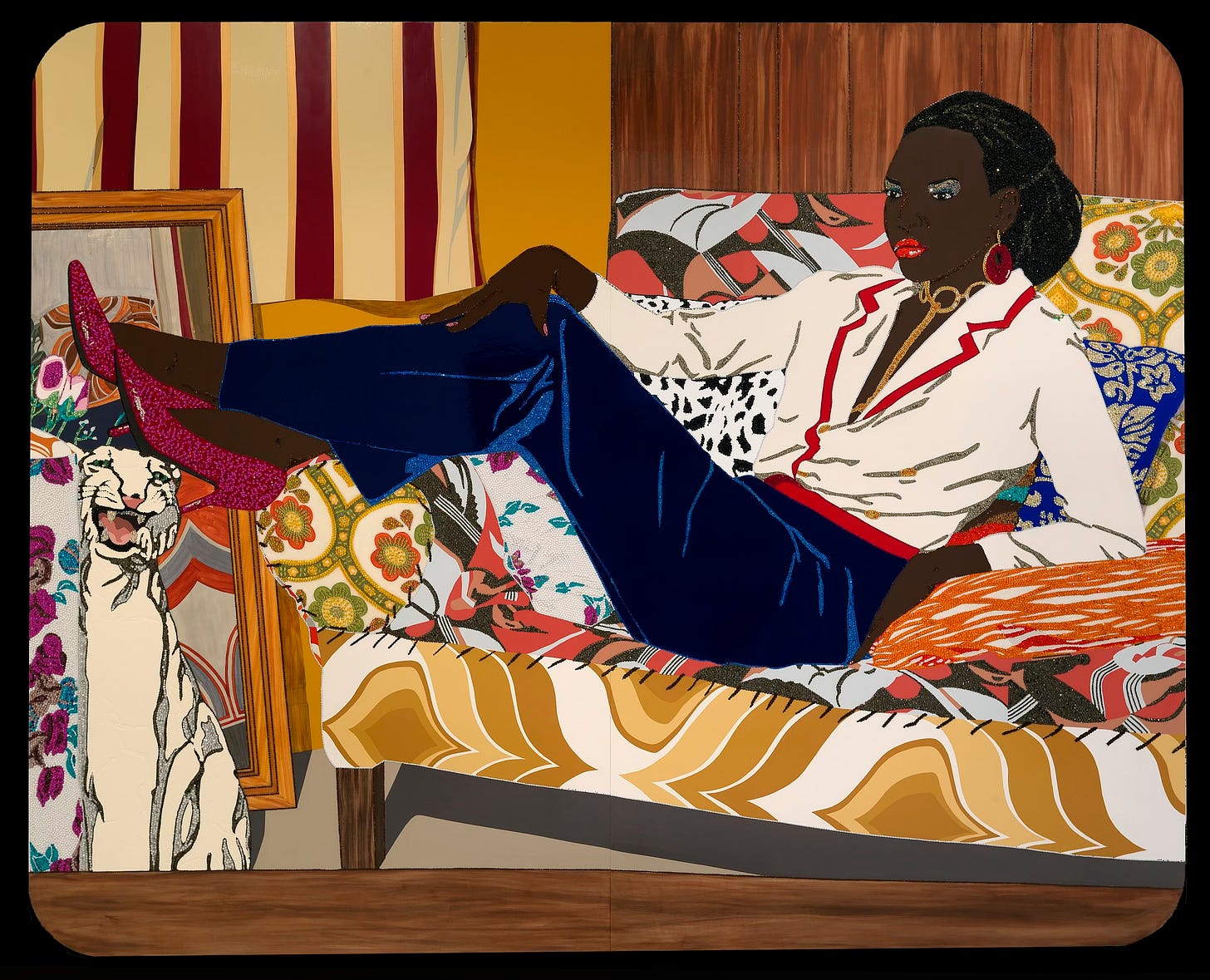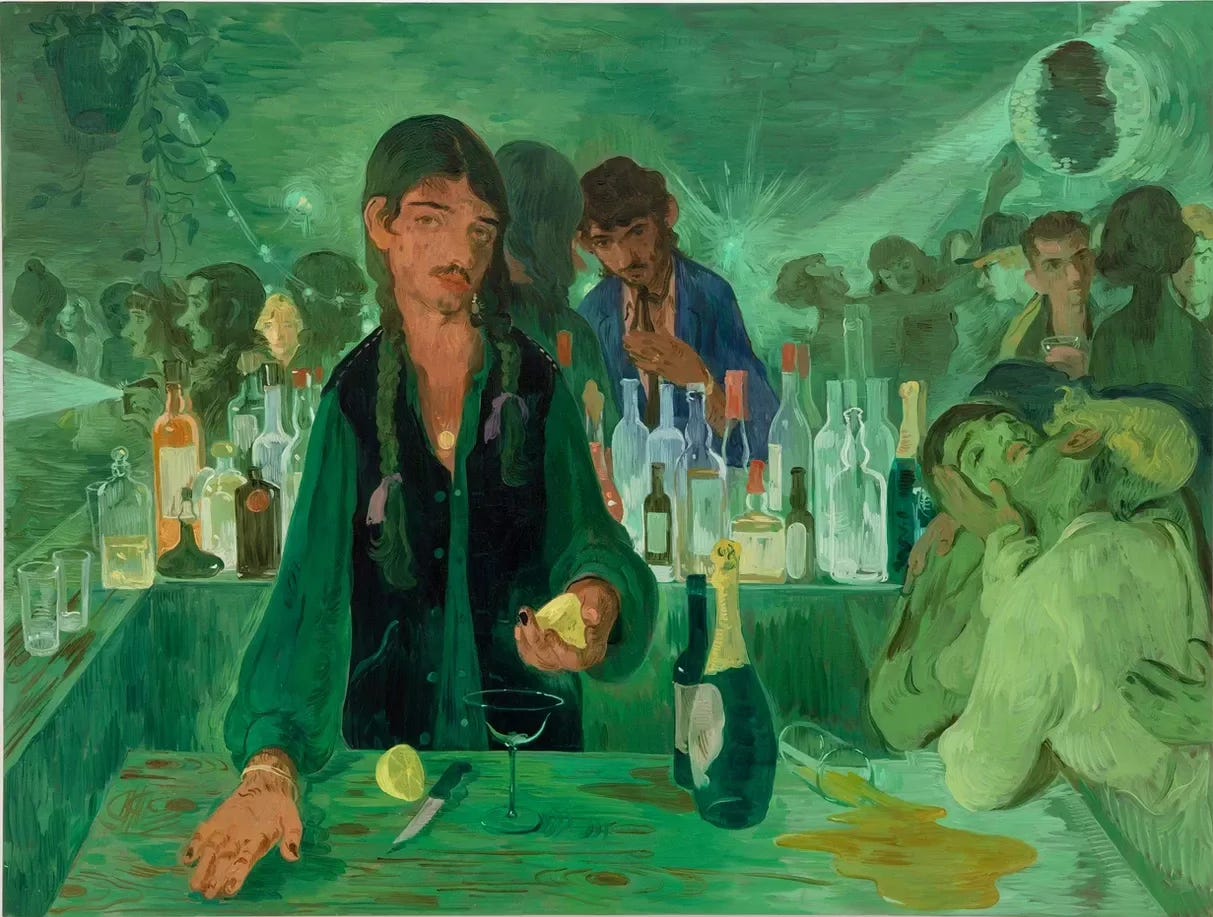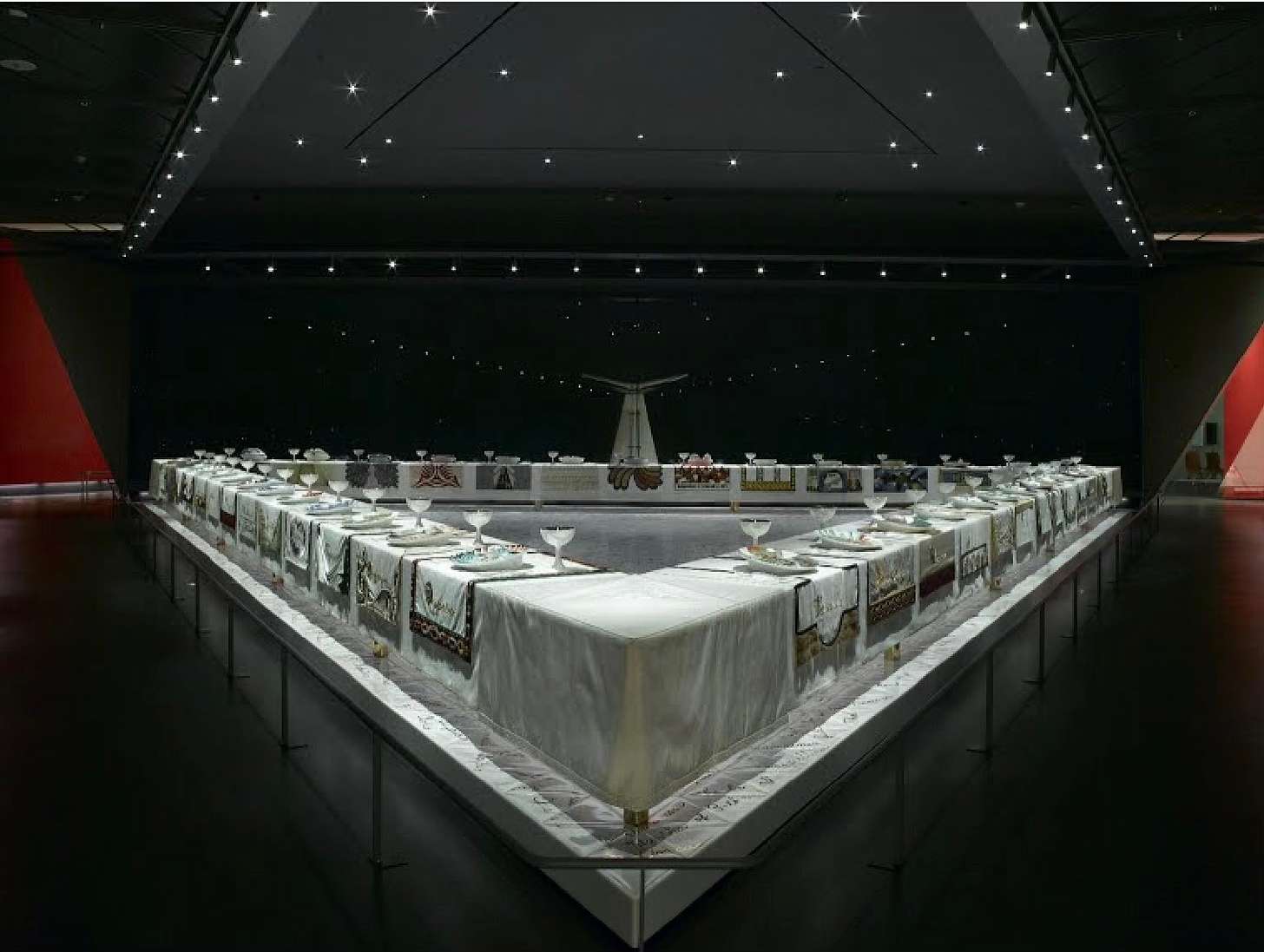Art has long been recognized as more than just a visual experience; it’s a profound reflection of who we are. Our preferences for certain works of art over others are often deeply tied to our sense of self—our personal identity, life experiences, and emotions. Why do some people feel connected to abstract expressionism while others prefer realism or surrealism? What drives us to choose certain artworks to display in our homes or revisit specific galleries? This article explores the deep psychological and emotional reasons why we are drawn to certain types of art and not others, unraveling the threads that link art and self-identity. Inspired by Susan Magsamen's and Ivy Ross’s Your Brain on Art: How the Arts Transform Us, which delves into these very ideas, this book is worth a read and available in our online bookshop.
The Role of Personal Experience in Artistic Attraction
Our personal experiences shape the way we see and interact with the world, and art is no exception. From childhood memories to pivotal life events, the experiences we’ve had play a significant role in what we find visually appealing or emotionally resonant. For instance, someone who grew up in a rural setting may gravitate toward landscapes that evoke the tranquility of nature, while someone with urban roots might feel more connected to art that depicts the bustling energy of city life.
A powerful example of art shaped by cultural and personal experiences is Kerry James Marshall’s "Our Town" (1995), which explores themes of community, race, and suburban life, particularly within the African American experience. The painting juxtaposes an idyllic suburban scene with the realities of Black life, challenging idealized depictions of the American Dream. Viewers with experiences related to race, community, or socioeconomic identity may find "Our Town" resonates deeply, offering a familiar yet complex reflection of Black identity in predominantly white spaces. Marshall’s ability to blend personal and collective experiences invites viewers to see their own lives in the work, drawing them to its nuanced portrayal of belonging and aspiration.
Similarly, Ana Mendieta’s "Silueta Series" reflects The Role of Personal Experience in Artistic Attraction through its exploration of themes like displacement, identity, and the connection between the body and nature. As a Cuban exile, Mendieta infused her personal experience of migration and cultural displacement into the series, where she imprints her body’s silhouette onto landscapes, merging her identity with the earth. Viewers with experiences of migration, displacement, or a deep connection to nature may be particularly drawn to the “Silueta Series” because it mirrors feelings of searching for belonging and self in unfamiliar places. The use of the body as a symbol of presence and absence evokes a powerful emotional connection for those who can relate to feelings of being uprooted or seeking to reclaim their identity through their environment.

Psychological Factors: The Science Behind Attraction
While our personal experiences influence our taste in art, there are also underlying psychological factors at play. Cognitive processes, such as how we perceive colors, shapes, and patterns, affect what we find aesthetically pleasing. Research in the field of neuroaesthetics suggests that our brains respond differently to various forms of art, triggering specific emotions or cognitive responses.
Mark Rothko’s "Untitled " (1949) is a prime example of how abstract art can elicit a deeply emotional response. The simplicity of Rothko’s large color fields may speak to those who are drawn to introspection and ambiguity. The lack of defined forms allows the viewer to project their own emotions onto the work, making it a deeply personal experience.
On the other hand, Jean-Michel Basquiat’s "Untitled (Skull)" (1981) reflects a different kind of psychological attraction. Basquiat’s chaotic and layered approach engages the viewer on multiple levels, inviting them to confront themes of race, identity, and mortality. For those who find meaning in complexity or who are navigating multiple layers of their own identity, Basquiat’s work can feel like a mirror to their own experiences.
Cultural and Social Identity: Art as a Reflection of Who We Are
Culture and social identity are also key factors in why we are drawn to certain works of art. Art has the power to connect us to our heritage, history, and community, often acting as a bridge between personal and collective identities. For example, someone with a deep connection to their cultural roots may gravitate toward traditional art forms or pieces that depict themes of heritage and ancestry.
Njideka Akunyili Crosby’s "The Beautyful Ones" (2012-2017) is an excellent example of art that reflects a layered cultural identity. Born in Nigeria but living in the U.S., Crosby’s work blends Nigerian and Western influences, creating a dialogue between her dual heritage. Viewers with multicultural backgrounds may find her work particularly resonant, as it reflects the complexity of navigating multiple cultural identities.
For those connected to LGBTQ+ identity and activism, Doron Langberg’s intimate portraits offer a deeply personal connection. Langberg’s works often depict moments of closeness, tenderness, and vulnerability between LGBTQ+ individuals, using vibrant color and lush textures to capture the emotional intensity of his subjects. Notably, he frequently portrays himself in his work, adding layers of self-reflection and personal identity. His paintings highlight themes of intimacy, love, and identity within the queer community. Viewers who identify with or support these communities may be drawn to the emotional depth and visibility Langberg provides in his exploration of queer life.
Emotional Resonance: The Power of Feeling in Art
At its core, much of our attraction to art comes from the emotional responses it elicits. Art has the ability to make us feel deeply, whether it’s awe, joy, sadness, or even discomfort. This emotional resonance is often what draws us to a particular piece and keeps us coming back to it over time.
Consider Yayoi Kusama’s "Infinity Mirrored Room – The Souls of Millions of Light Years Away" (2013). This immersive installation overwhelms viewers with endless reflections, evoking a sense of infinity and self-contemplation. It appeals to those drawn to existential themes, allowing them to confront their place in the universe and explore their internal emotional world. The sensory experience elicits emotions ranging from awe to contemplation as viewers navigate the shimmering light and their own reflections. Being surrounded by light and mirrors fosters a profound connection to the universe, sparking thoughts about existence, identity, and interconnectedness. For many, this installation resonates deeply, encouraging introspection and highlighting art's power to evoke feelings and inspire self-reflection.
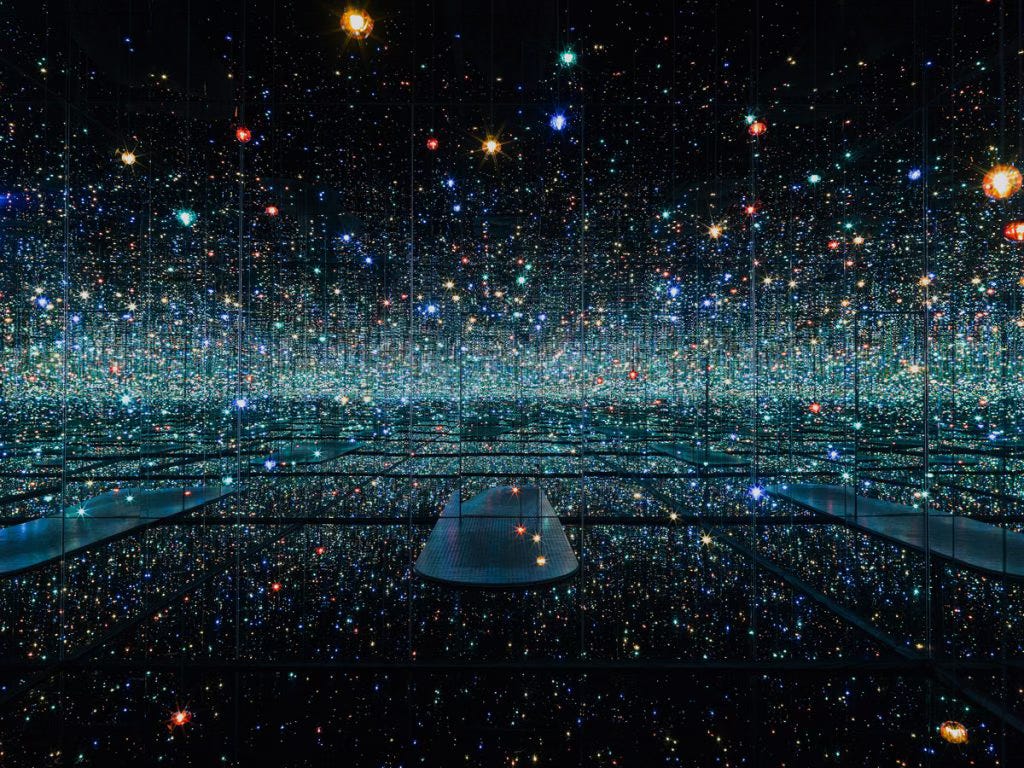
In contrast, Mickalene Thomas’s "Portrait of Mnonja" (2010) speaks to emotional and cultural empowerment. Her bold, glittering portraits of Black women celebrate beauty, power, and identity, resonating with viewers who are inspired by themes of self-worth and cultural pride. The striking figure, adorned with bold patterns and textures, conveys self-assuredness and confidence that resonates with viewers. Thomas’s vibrant colors and intricate details invite emotional engagement, highlighting themes of Black womanhood and empowerment. The subject’s direct gaze creates a powerful connection, evoking feelings of pride and strength. The layered composition—combining painting, rhinestones, and mixed media—enhances the emotional impact, inviting viewers to explore the complexities of identity.
Art as Self-Expression: How Our Taste in Art Reflects Our Inner Selves
The art we are drawn to is often a reflection of our inner world, even if we’re not consciously aware of it. When we choose to display certain pieces in our homes or revisit specific exhibitions, we are making a statement about who we are. Our artistic preferences can reveal aspects of our personality, values, and desires.
Salman Toor’s "The Bar on East 13th" (2019) is an evocative example of how art can serve as self-expression, reflecting personal and cultural identity. Toor’s paintings often depict the lives of queer South Asian men in urban settings, blending fantasy and reality to explore themes of belonging, alienation, and intimacy. His use of color and narrative speaks to those who find resonance in navigating dual identities or seeking safe spaces for self-expression. Viewers drawn to Toor’s work might connect with the subtle portrayal of vulnerability and personal experience in his storytelling.
Similarly, Judy Chicago’s "The Dinner Party" (1974-1979) is a powerful example of art as self-expression, reflecting feminist ideals and the recognition of marginalized voices. The installation, featuring 39 place settings honoring significant women from history, symbolizes the contributions of women often overlooked by traditional narratives. Viewers who connect with themes of gender equality and social justice may be particularly drawn to this work, as it aligns with their values and desire for representation. By elevating women’s stories, "The Dinner Party" serves as a reflection of personal identity, allowing those who resonate with feminist ideals to see their beliefs and experiences expressed through art.
Conclusion
Art is a deeply personal experience, one that reflects not only the skill and intention of the artist but also the identity of the viewer. Our attraction to certain types of art is shaped by a complex interplay of personal experiences, psychological processes, cultural influences, and emotional resonance. In essence, the art we gravitate toward is a reflection of who we are—a unique mirror to our identity. By understanding what draws us to specific works of art, like those of Kerry James Marshall, Yayoi Kusama, Ana Mendieta, and Salmon Toor, we can gain deeper insight into ourselves and the ways we engage with the world around us.




